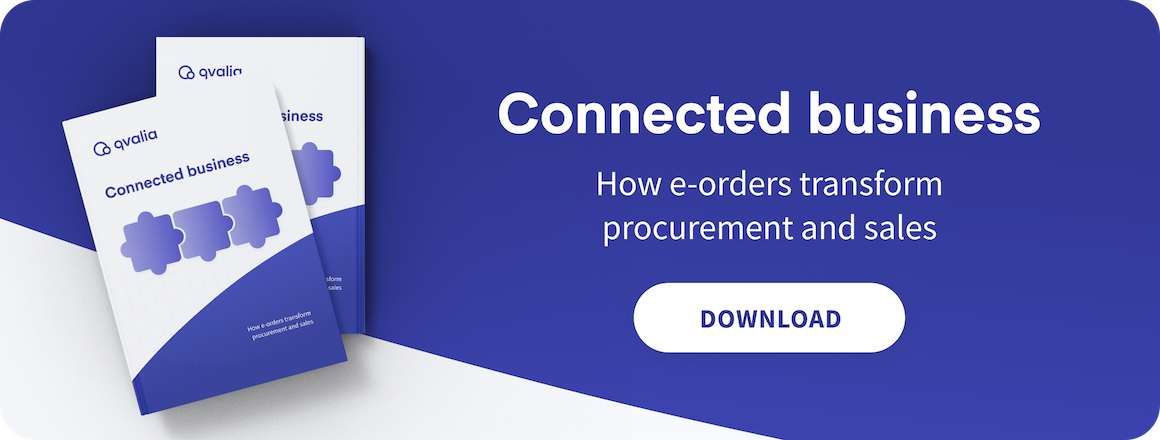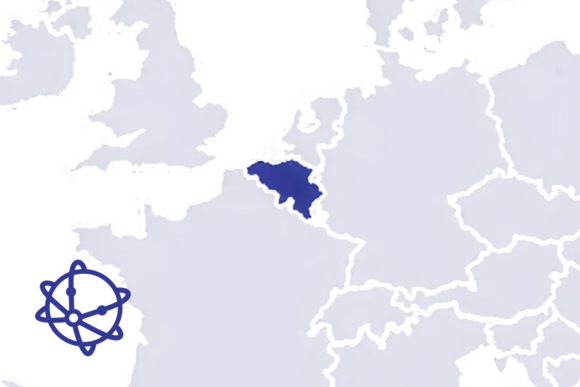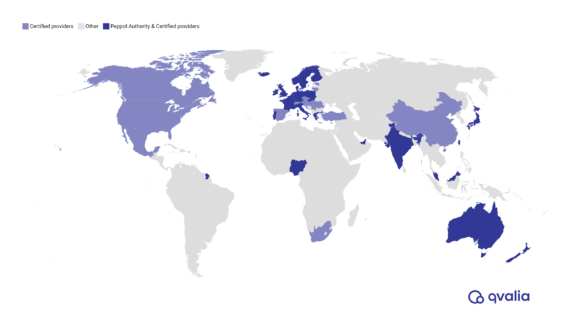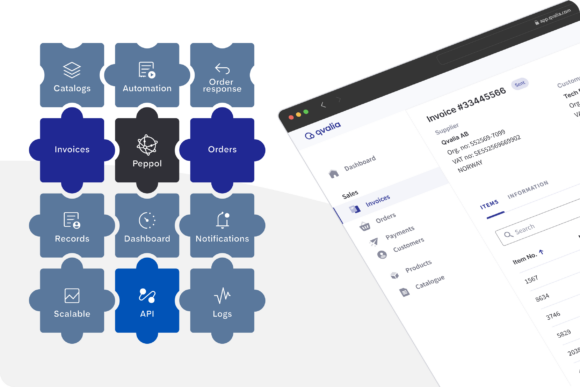You have already adopted e-invoicing, but what’s next?
Emerging technology can transform sales and purchase processes, e-procurement, and B2B e-commerce. Changes in customer behavior, legal mandates, data standardization, cloud computing, and AI are pushing companies to adapt, affecting everything from daily tasks to making big decisions.
Managing transactions is key to essential business activities. Processes are increasingly digitized, and various electronic means for transactions, such as invoicing, are widely used.
How can businesses transform transactional processes from the current state and beyond?
The tech-savvy factor
Electronic invoicing has become an integral medium for business transactions. This development has been fast-tracked by obvious user values; process efficiencies, lower costs, and security.
Another strong driver is improved accessibility following the expanding Peppol network. Also, the role of national legislative mandates can’t be underestimated.
However, tech savviness might be the most transformative outcome of the growing use of e-invoices. Companies are increasingly digitally mature, changing their mindsets about how new technology can manage sales and purchase transactions.
This development is just getting started.
Beyond e-invoicing: next steps
The adoption of digital business messages and the digital exchange of transactional information have prompted a shift in perspective among finance teams, procurement, and IT.
Today, companies increasingly assess their needs and capabilities from a digital-first point-of-view, independent of centuries-old accounting processes. They have realized that business value, at its core, is not held within the medium per se but in the data it carries. And how companies communicate.
Adopting a broader array of standardized business messages marks a significant transformation in procurement. Introducing e-ordering and dynamic response messages allows for enhanced automation, improved control, responsiveness, and streamlined workflows in B2B e-commerce, accounting, and sourcing.
Essentially, it represents the next phase in financial digital transformation following e-invoicing.
In a new whitepaper, we’ll provide an overview of the opportunities of connecting businesses digitally. What are the next steps beyond e-invoice management to advance business processes? How can sales and purchase transactions become more streamlined and automated and provide deeper insights? How do we effectively use e-orders, punchout, and response messages?
Find out how an expanded use of digital business messages in daily transaction management, e-procurement, and e-commerce benefits buyers and sellers alike. Learn the trends driving the development, its emerging technologies, and how to get started. Download Connected business — How e-orders transform procurement and sales.




